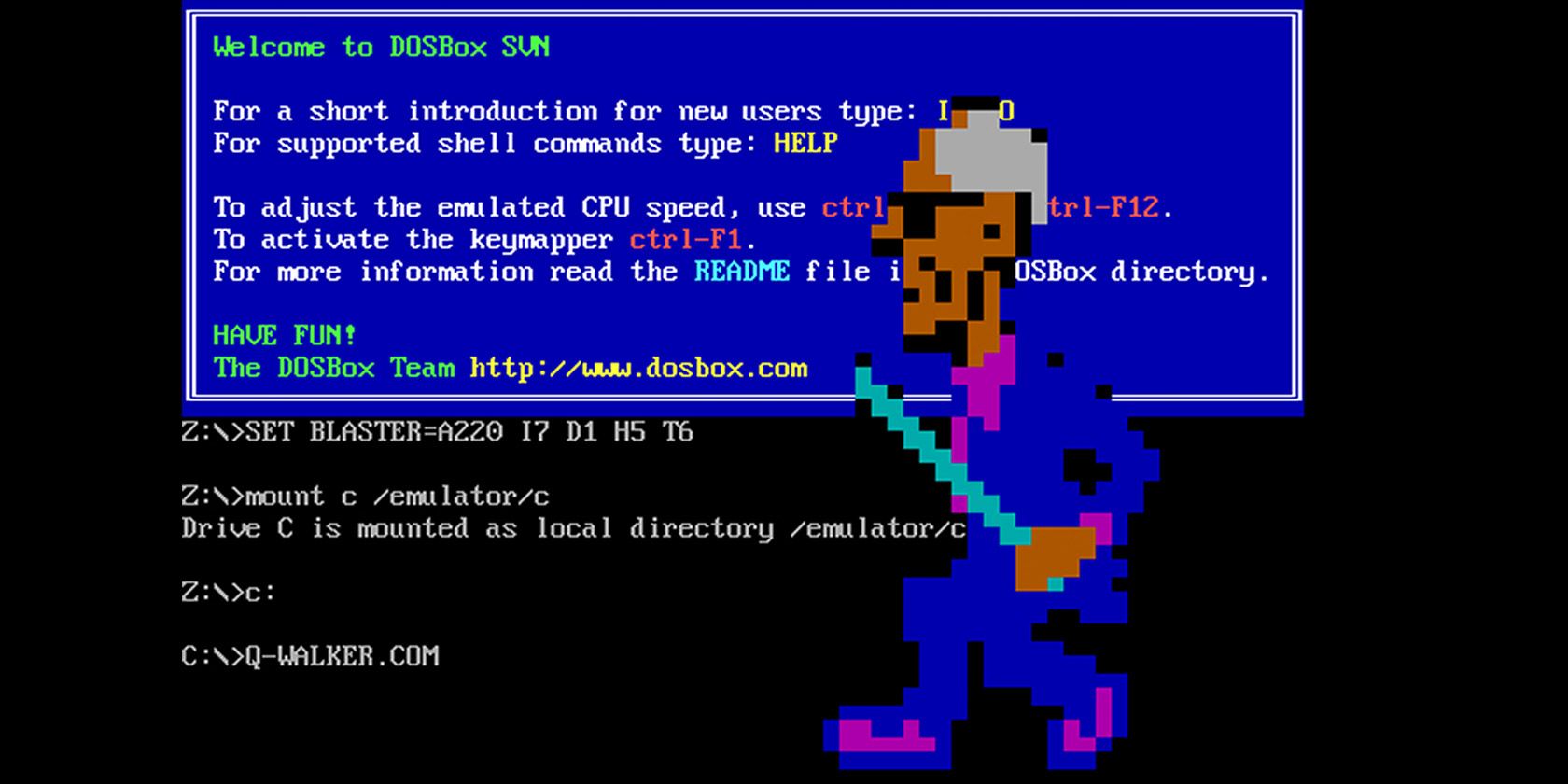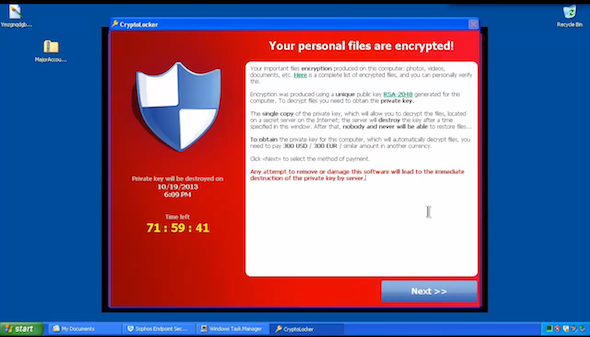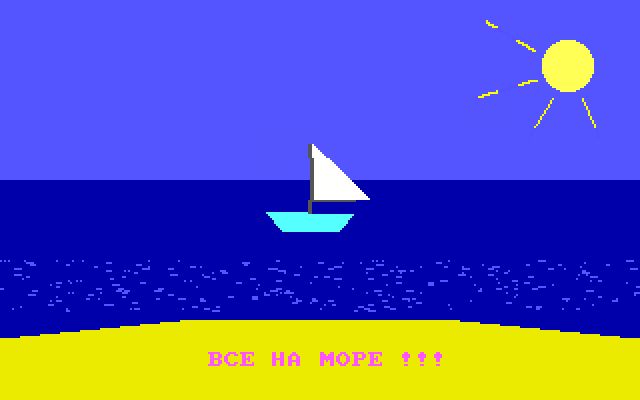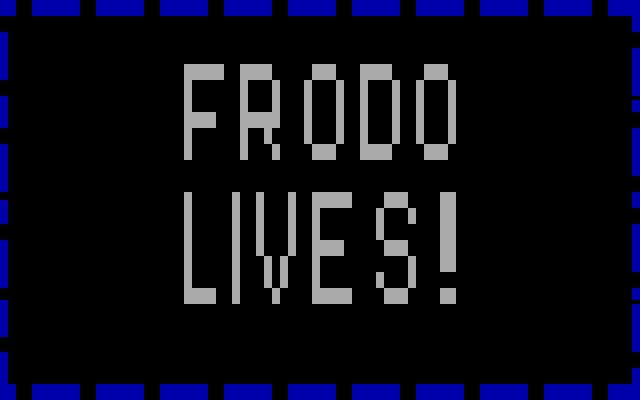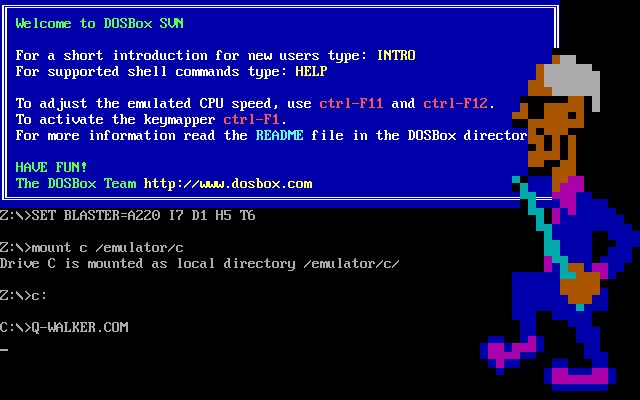The Internet Archive has done a pretty good job of archiving our collective digital history.
Music, podcasts, films; you name it, if it's of historical or scholarly interest, you can bet they've kept a copy of it somewhere. Their most famous project is the Wayback Machine, which has kept records of websites, some of which date back to 1996.
But in January 2016, the Internet Archive revealed that they had been archiving something which we didn't expect: malware.
They're not interested in today's digital nasty, though. The Internet Archive is concerned with old-school viruses. Many of those stored in the Malware Museum date back to 1980 and the early 1990s, and targeted home computer systems and versions of MS-DOS. It sounds bizarre, but there's a good reason for it.
Beauties and the Beasts
Today, if you get infected with malware, you know it'll be a painful experience. Malware and viruses have evolved to inflict the most damage, and to make as much money as possible from the victims.
Take CryptoLocker for example. This ransomware program gained notoriety after it infected hundreds of thousands of computers, and encrypted the contents using a strong algorithm. CryptoLocker then demanded payment of $300 for the safe return of the files.
By some estimates, this one virus earned the makers around $27 million, which was in the form of BitCoin and anonymous pre-paid cards.
Eventually, the decryption keys for Cryptolocker were discovered by two IT security companies - FireEye and Fox-it. They then launched their own free decryption service, where users could restore their files without having to pay the ransom.
The ensuing high-profile of CryptoLocker lead to the creation of dozens of copycats. Some were crafted to target specific regions. TorrentLocker, for instance, was aimed at Australian users.
But it wasn't always that way. Rather than being rapacious and destructive, malware in the 1980s and 1990s was rather playful, and didn't have the same capacity to wreck damage.
One virus, called ITALIAN.COM, displayed a large Italian flag, and in big bloc-capitals exclaimed "ITALY IS THE BEST COUNTRY IN THE WORLD".
Another one, called MARINE.COM, turned the users screen into a beautiful, 8-bit beach, that was animated with a radiant sun and a boat that bobbed across the screen. It came with a message that said "Let's go to [sic]sea!" in Russian.
LSD.COM turned the screen into a mesmerizing, psychedelic ocean of colors.
The weirdest was probably FRODO.COM. This filled the screen with "FRODO LIVES", which was surrounded by a flashing, blue border. I have no idea why.
My personal favorite was the Walker Virus (WALKER.COM). As the name suggests, this quirky virus summons an 8-bit hiker, who then stomps across the user's screen.
You can try each of these viruses, and more, on the Internet Archive. It's safe, and you won't have to download anything, since they run in a browser-based version of DOSBox. However, if you wish, you can download them, either as a ZIP file, or through BitTorrent.
Although many these viruses did come with the capacity to do real damage, this was limited. Indeed, many of the malware creators of the 1990s and 1980s lacked the more mercenary motivations that drive today's malware creators. They were motivated by curiosity, "props", and the intellectual challenge of creating a virus.
That's hardly surprising, though. The hallmark of hacker culture in the 1980s was that of intellectual curiosity. The infamous Hacker Manifesto (also known by its other name, "The Conscience of a Hacker"), which was written in 1986, summed up this sentiment well:
"Yes, I am a criminal. My crime is that of curiosity. My crime is that of judging people by what they say and think, not what they look like. My crime is that of outsmarting you, something that you will never forgive me for."
But Why Should We Archive Them?
Admiring the artwork that accompanied these viruses is one thing. Building a collection of them? That's something entirely different.
There are two people driving this effort. One is Mikko Hypponen, who is the Chief Research Officer (CRO) for F-Secure. Hypponen is regarded to be one of the world's foremost experts in malware, and has been profiled in the Vanity Fair for his efforts in defeating the Blaster and SoBig viruses.
His interest in retro-viruses is well noted. In 2011, he gave a TED Talk in Edinburgh, Scotland, where he talked about how he tracked down the two brothers who wrote the Brain virus to their Lahore, Pakistan home.
The Brain Virus was the first virus known to have been created, and dates back to 1986.
The other person is Jason Scott, who is the founder of TextFiles.com. This site has archived countless articles that were published on BBS's (Bulletin Board Systems), which were a kind of proto-Internet. Rather than an interconnected network of servers, you'd have to dial into specific computers.
Scott also archives shareware files and software manuals. He discussed the former at the 2011 Derbycon conference in Louisville, Kentucky.
Both Scott and Hypponen have a noted, academic interest in preserving our cultural history. But I wanted to know why this is important. So, I emailed Dr Brett Lempereur, who lectures Computer Security at Liverpool John Moores University.
"I think it's a great history of experimentation and good natured, if sometimes malicious, fun. It's important that we seek to preserve it in the same way we'd preserve the satirical works of Rochester or Swift -- how forward thinkers bend the rules and, occasionally, land themselves in trouble by pushing too far."
Explore Your History
You can check out the Internet Archive's collection of retro malware, and while you're at it, pay a visit to their collection of retro arcade games and PC games. Much like the viruses above, these run in a browser-version of DOSBox, so you won't have to download anything.
I know many of our readers remember what computers were like in the 1980s and 1990s. Do you have any particularly strong memories of viruses or malware? I want to hear about them. Drop me a comment below, and tell me all about it.

